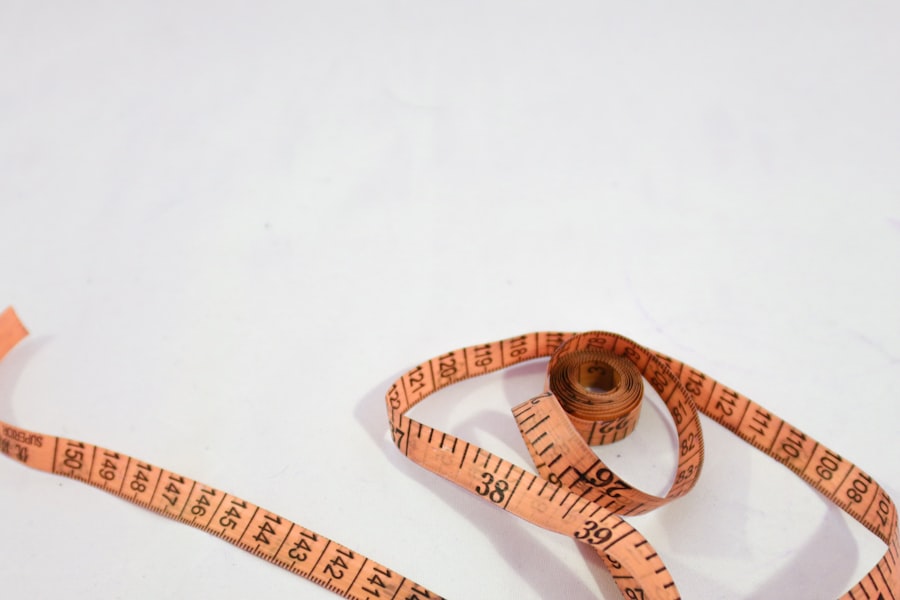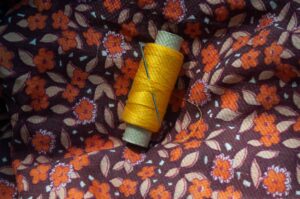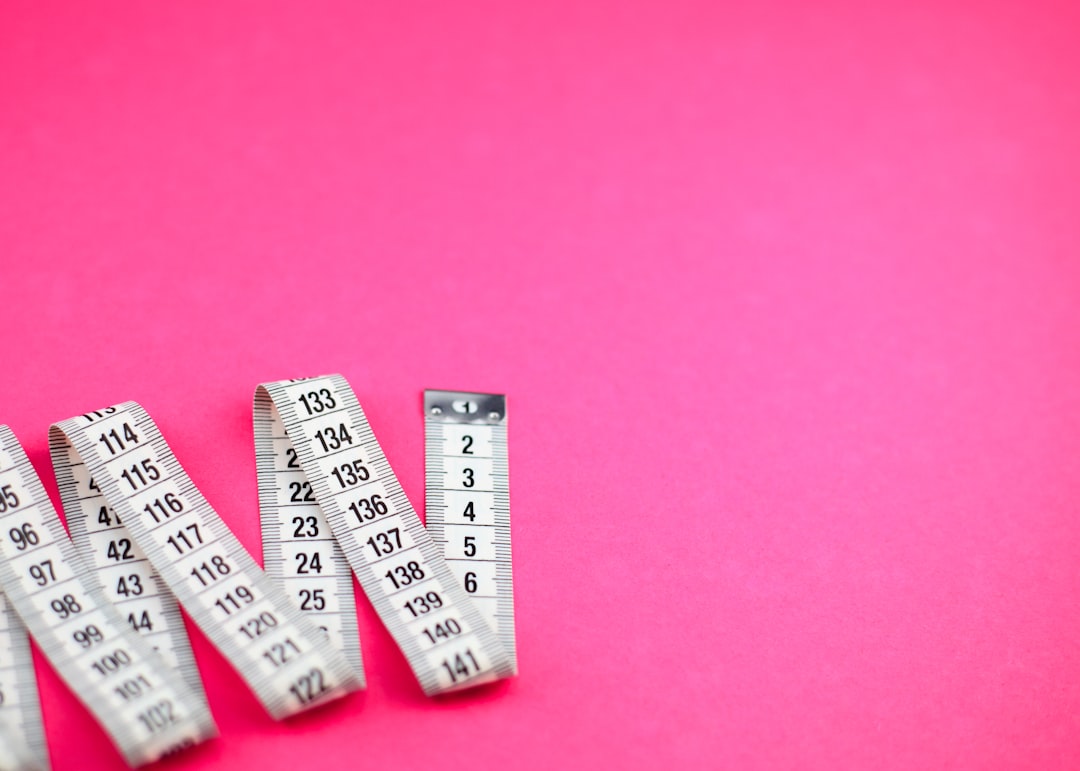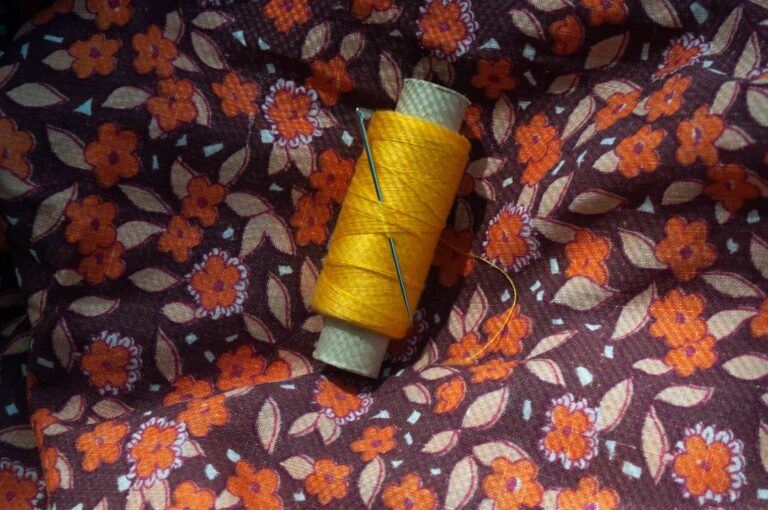Accurate measurements are the cornerstone of effective garment fitting, particularly when it comes to trousers. The significance of precise measurements cannot be overstated, as they directly influence the comfort, style, and overall appearance of the clothing. Ill-fitting trousers can lead to a range of issues, from discomfort during wear to an unflattering silhouette.
When trousers are tailored to fit the body’s unique dimensions, they not only enhance the wearer’s confidence but also elevate their overall aesthetic. This is especially crucial in a world where personal style is often a reflection of one’s identity. Moreover, accurate measurements play a vital role in the fashion industry, where mass production and custom tailoring intersect.
For designers and manufacturers, understanding the importance of precise measurements can lead to better fitting garments that cater to a diverse clientele. In an era where online shopping is prevalent, having a standardized measurement system can help reduce returns and exchanges due to sizing issues. This not only saves time and resources for retailers but also enhances customer satisfaction, as shoppers are more likely to find trousers that fit well without the hassle of trying on multiple sizes.
Key Takeaways
- Accurate measurements are crucial for ensuring the right fit and comfort in clothing.
- Tools needed for taking measurements include a measuring tape, a mirror, and a friend for assistance.
- Choosing the right fit for trousers involves considering the waist, hips, and inseam measurements.
- Preparing the body for measurements includes wearing form-fitting clothing and standing in a natural posture.
- Taking waist measurements involves wrapping the tape around the narrowest part of the waist and ensuring it is parallel to the floor.
- Measuring the hips requires wrapping the tape around the fullest part of the hips and ensuring it is parallel to the floor.
- Determining the inseam involves measuring from the crotch to the desired length of the trousers.
- Checking for consistency in measurements is important to ensure accuracy and a proper fit.
- Tips for accurate measurements include taking multiple measurements, using a mirror, and seeking assistance if needed.
- Common mistakes to avoid include pulling the tape too tight, slouching, and not standing in a natural posture.
- Seeking professional help from a tailor or clothing expert can ensure accurate measurements and a perfect fit.
Tools Needed for Taking Measurements
Measuring Tapes
A flexible measuring tape is perhaps the most critical instrument in this process. Unlike rigid rulers, a flexible tape can easily conform to the contours of the body, allowing for precise readings of various dimensions. It is advisable to use a cloth measuring tape, as it is both lightweight and easy to manipulate around curves. Additionally, a straight ruler or yardstick can be useful for measuring inseams or other straight-line dimensions.
Recording Measurements
In addition to measuring tapes, a notepad or digital device for recording measurements is necessary. Keeping track of numbers is crucial, especially if multiple measurements are being taken for different individuals or styles.
Additional Tools
A mirror can also be beneficial during the measuring process, allowing individuals to check their posture and ensure that the tape is positioned correctly. Finally, having a second person to assist can make the process smoother, particularly when measuring hard-to-reach areas or ensuring that the tape remains level and taut.
Choosing the Right Fit for Trousers

Selecting the right fit for trousers involves understanding various styles and how they correspond to body shapes. The fit of trousers can range from slim to relaxed, each offering distinct advantages depending on personal preference and body type. Slim-fit trousers are tailored closely to the body and are ideal for those who prefer a modern silhouette.
They often feature narrower legs and a tapered design that accentuates the wearer’s shape. Conversely, relaxed-fit trousers provide more room in the seat and thigh area, making them suitable for individuals who prioritize comfort over form-fitting styles. Understanding one’s body shape is crucial in choosing the right fit.
For example, individuals with an hourglass figure may benefit from high-waisted trousers that cinch at the waist while providing ample room for the hips. On the other hand, those with a rectangular body shape might opt for trousers with added volume or embellishments to create the illusion of curves. Additionally, considering the occasion is important; formal events may call for tailored fits, while casual outings might allow for looser styles.
Ultimately, selecting the right fit enhances not only comfort but also confidence in one’s appearance.
Preparing the Body for Measurements
| Measurement | Preparation |
|---|---|
| Weight | Empty bladder and wear light clothing |
| Height | Stand straight against a wall |
| Body Fat Percentage | Avoid eating or exercising for 2 hours before |
| Waist Circumference | Measure at the narrowest part of the waist |
Before taking measurements, it is essential to prepare the body properly to ensure accuracy. Wearing form-fitting clothing or undergarments can significantly impact measurement precision. Loose clothing can add bulk and distort measurements, leading to ill-fitting garments.
Ideally, individuals should wear thin layers that allow for easy access to key measurement areas without adding unnecessary volume. Posture also plays a critical role in obtaining accurate measurements. Standing up straight with shoulders back and feet together helps create a natural alignment of the body.
This position allows for more accurate readings of waist and hip measurements, as slouching or leaning can alter dimensions significantly. Additionally, it is advisable to take measurements at a consistent time of day; fluctuations in body size due to factors like water retention can affect results. By preparing the body adequately, individuals can ensure that their measurements reflect their true dimensions.
Taking Waist Measurements
Taking waist measurements is a fundamental step in ensuring that trousers fit comfortably around the midsection. To begin, locate the natural waistline, which is typically situated just above the belly button and below the ribcage. It is important to breathe normally while measuring; holding in one’s stomach can lead to inaccurate readings.
The measuring tape should be placed around the waist at this natural point, ensuring that it is parallel to the floor and snug but not tight. When recording waist measurements, it is beneficial to take multiple readings to ensure consistency. Variations can occur due to factors such as posture or tape placement; therefore, measuring two or three times and averaging the results can provide a more reliable figure.
Additionally, individuals should be mindful of any clothing or accessories that may affect measurements; belts or bulky waistbands should be removed before taking readings. By following these guidelines, one can achieve an accurate waist measurement that serves as a foundation for trouser fitting.
Measuring the Hips

Taking the MeasurementEnsuring Accuracy
The measuring tape should be wrapped around the hips horizontally, ensuring it remains level all around. As with waist measurements, consistency is key when measuring hips. Taking multiple readings can help account for any discrepancies caused by tape placement or posture changes.
Style-Specific Measurements
It’s also important to note that different styles of trousers may require different hip measurements; for instance, high-waisted trousers may need a slightly different measurement than low-rise styles due to their varying cut lines. By paying attention to these details, individuals can ensure that their hip measurements contribute positively to overall trouser fit.
Determining the Inseam
The inseam measurement is critical for determining how long trousers will be when worn. This measurement runs from the crotch seam down to the bottom hem of the leg and is essential for achieving an appropriate length that complements both style and comfort. To measure inseam accurately, individuals should stand straight with their feet slightly apart and wear shoes similar to those they plan to wear with their trousers.
Using a flexible measuring tape, start at the highest point of the inner thigh where it meets the crotch and extend down to the desired length—typically just above the ankle for casual styles or longer for formal wear. It’s advisable to measure both legs separately since some individuals may have slight variations in leg length due to natural asymmetries or past injuries. Recording these measurements ensures that any custom tailoring or alterations will result in trousers that fit perfectly in terms of length.
Checking for Consistency
Once all measurements have been taken—waist, hips, and inseam—it’s essential to check for consistency across all readings. Discrepancies can arise from various factors such as incorrect tape placement or variations in posture during measurement sessions. To ensure accuracy, individuals should compare their recorded numbers against previous measurements taken at different times or by different people.
If significant inconsistencies are found, it may be necessary to retake certain measurements under similar conditions—such as wearing similar clothing and maintaining consistent posture—to achieve reliable results. Additionally, consulting with another person during this process can provide an extra set of eyes to verify accuracy and help catch any potential errors before proceeding with garment selection or tailoring.
Tips for Accurate Measurements
Achieving accurate measurements requires attention to detail and adherence to best practices throughout the process. One effective tip is to use a mirror while taking measurements; this allows individuals to check their posture and ensure that the measuring tape remains level and taut against their body without being overly tight. Furthermore, taking measurements in front of a full-length mirror can help visualize how different fits will look when worn.
Another useful strategy involves documenting each measurement immediately after taking it rather than waiting until all readings are complete. This practice minimizes the risk of forgetting numbers or misplacing notes during the process. Additionally, using a fabric measuring tape rather than a rigid one can enhance flexibility and accuracy when measuring around curves or contours of the body.
Common Mistakes to Avoid
Several common mistakes can lead to inaccurate measurements when fitting trousers. One frequent error occurs when individuals measure over bulky clothing instead of form-fitting garments; this can add unnecessary inches and result in ill-fitting trousers. It’s crucial to wear appropriate attire that allows for accurate readings without interference from excess fabric.
Another mistake involves failing to keep the measuring tape parallel to the ground during waist and hip measurements; if it dips or rises unevenly, it can lead to incorrect figures being recorded. Additionally, neglecting to take multiple readings can result in relying on an inaccurate measurement due to momentary shifts in posture or tape placement errors. By being aware of these pitfalls and actively working to avoid them, individuals can significantly improve their measurement accuracy.
Seeking Professional Help
For those who find themselves uncertain about taking their own measurements or achieving desired fits, seeking professional help can be an invaluable option. Tailors and fit specialists possess extensive knowledge and experience in garment fitting; they can provide expert guidance on how best to measure oneself or even take measurements on behalf of clients for optimal accuracy. Professional assistance also extends beyond mere measurement; skilled tailors can offer insights into fabric choices, style recommendations based on body shape, and alterations needed for achieving perfect fits after initial purchases are made.
This level of expertise ensures that individuals not only receive trousers that fit well but also enhance their overall wardrobe through informed choices tailored specifically to their needs and preferences. In conclusion, understanding how to take accurate measurements is essential for anyone looking to achieve well-fitting trousers that enhance both comfort and style. By utilizing proper tools, preparing adequately, and following best practices throughout the measurement process, individuals can ensure they find trousers that fit perfectly while avoiding common pitfalls along the way.












